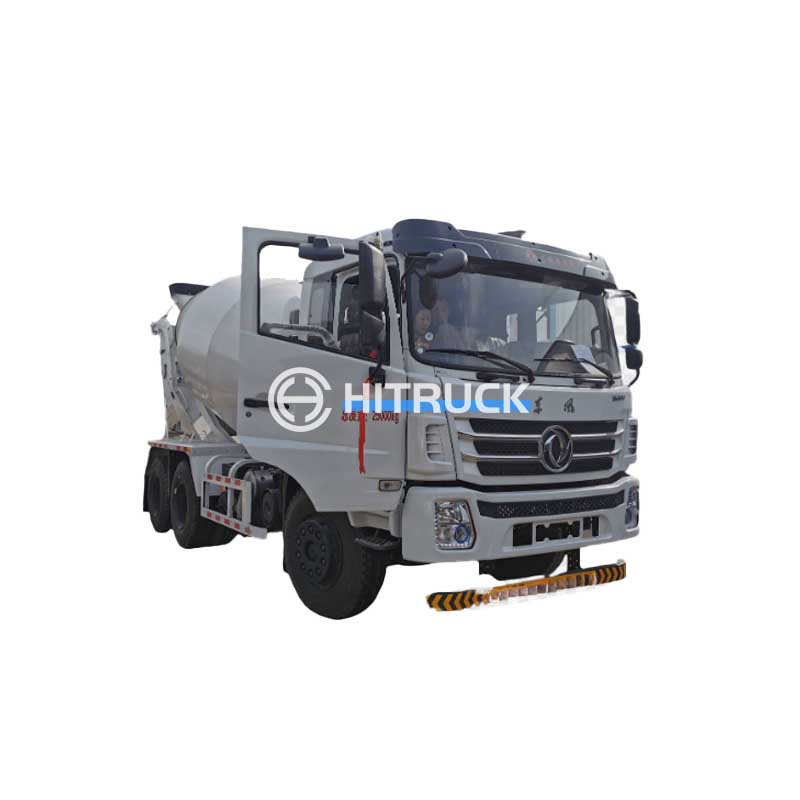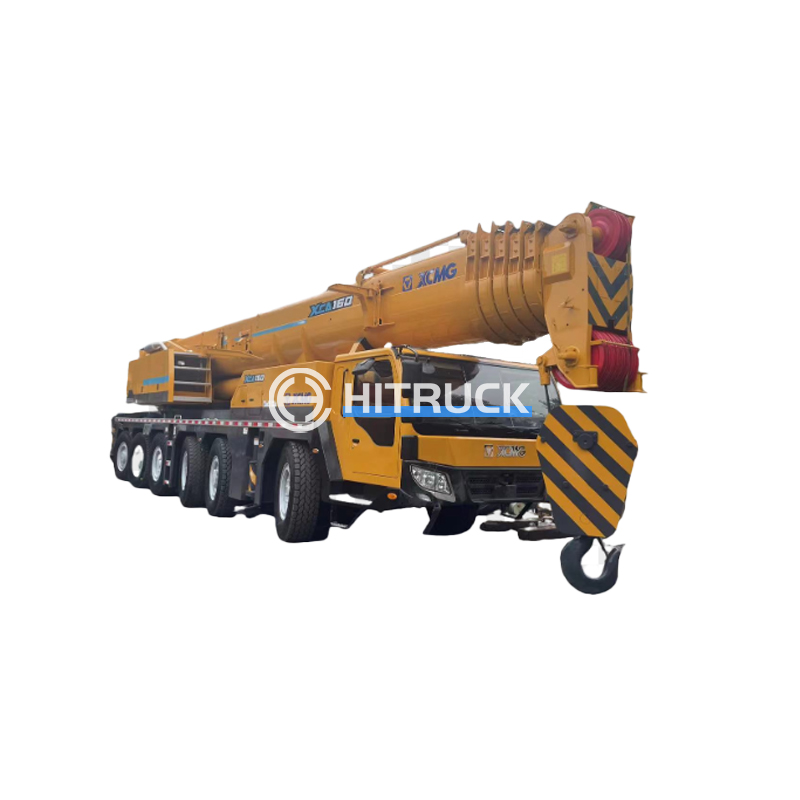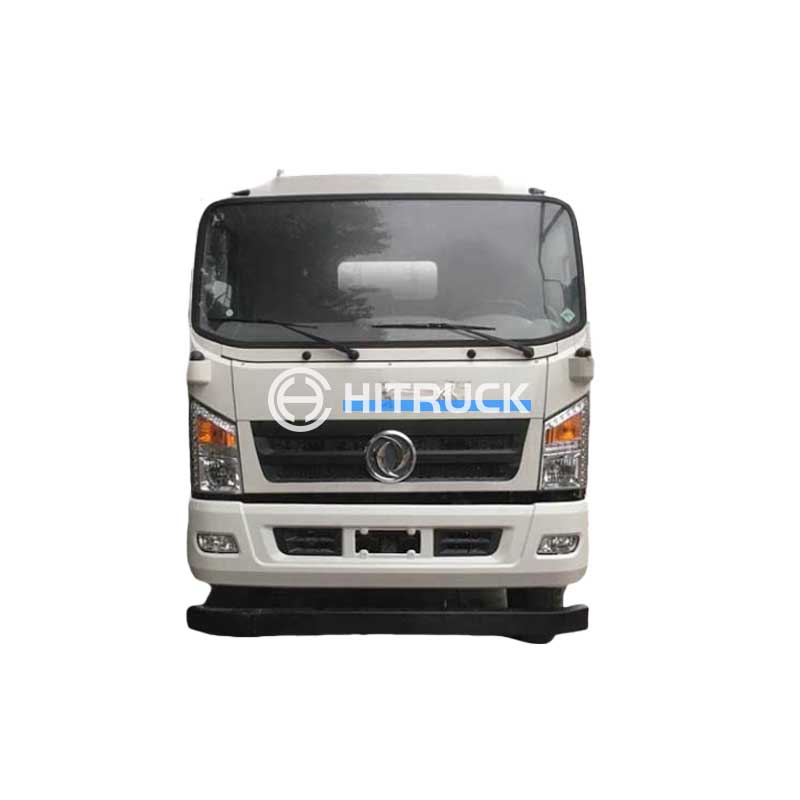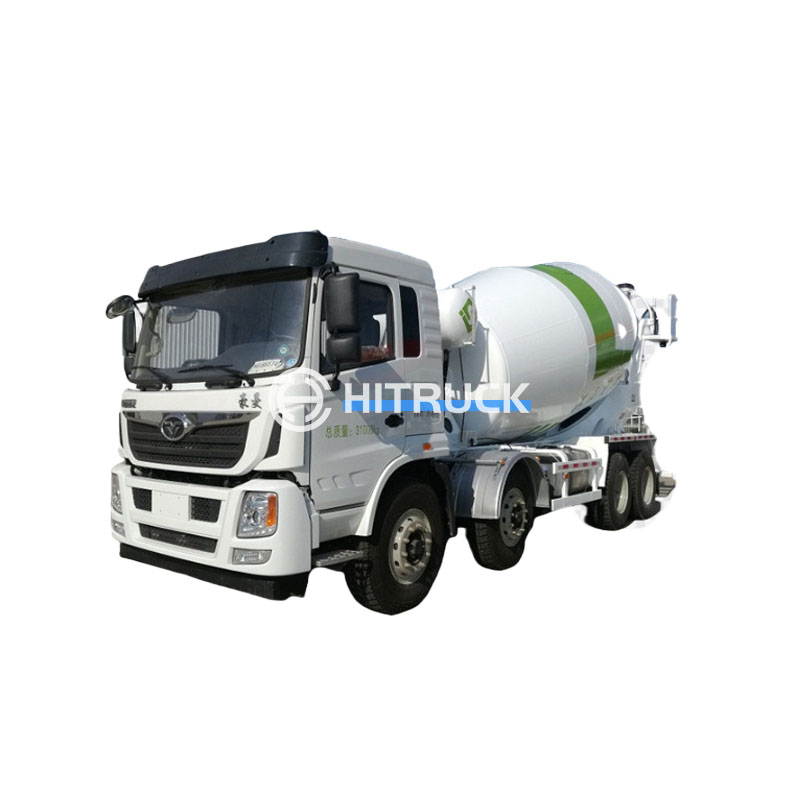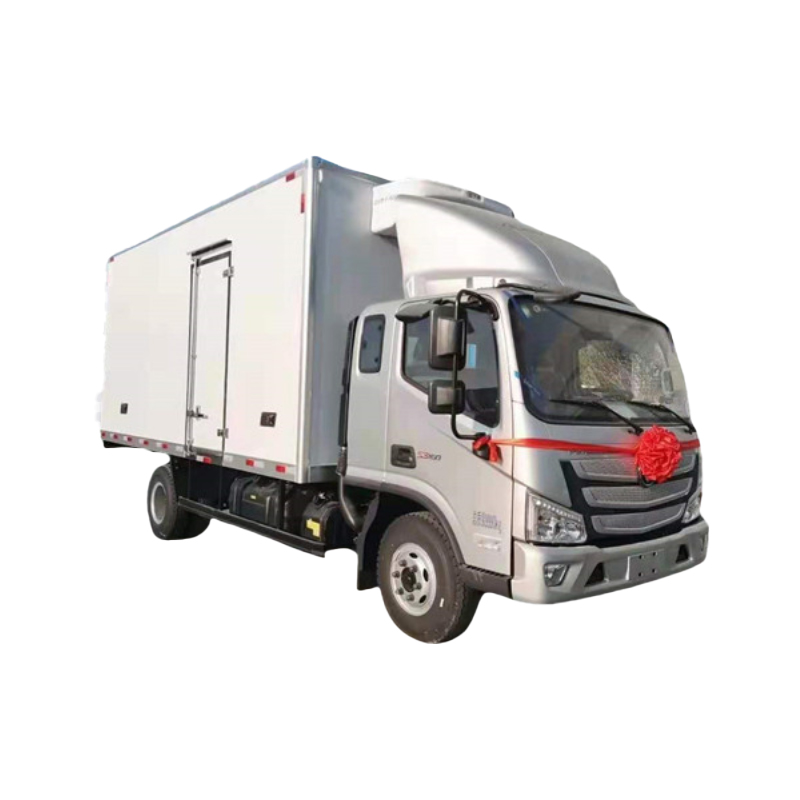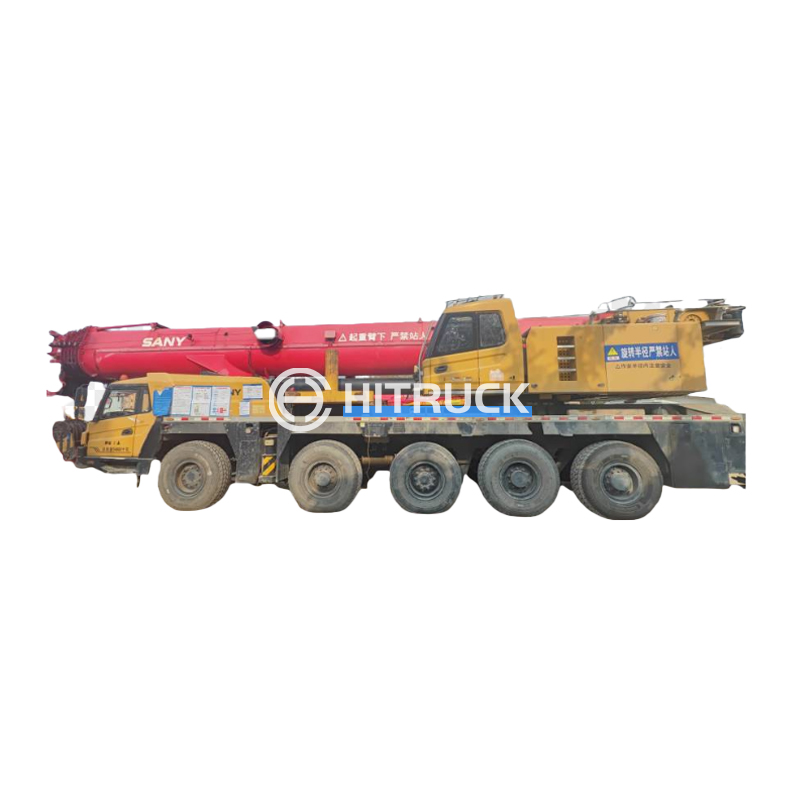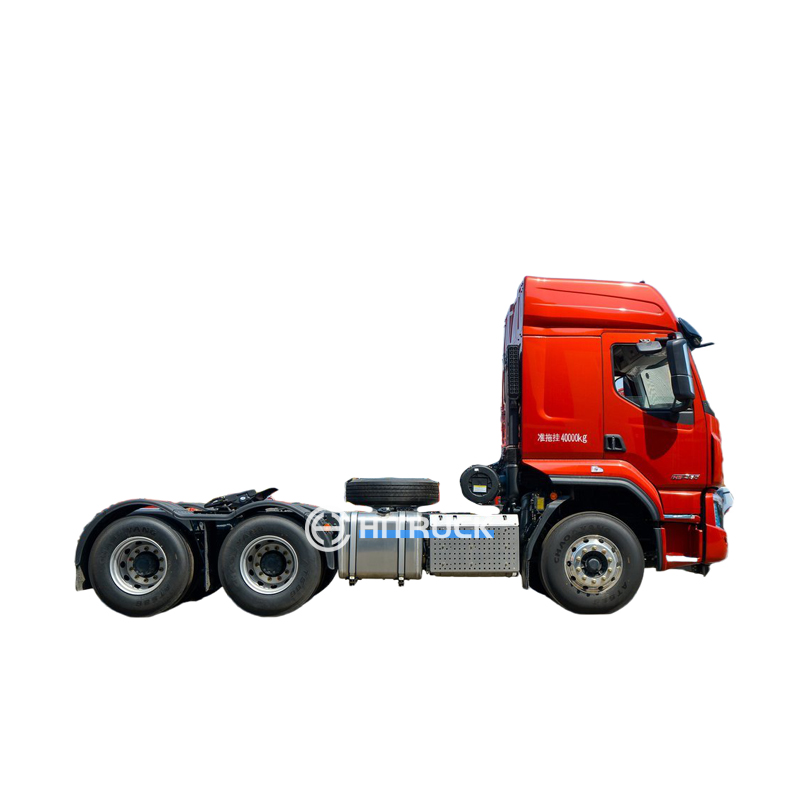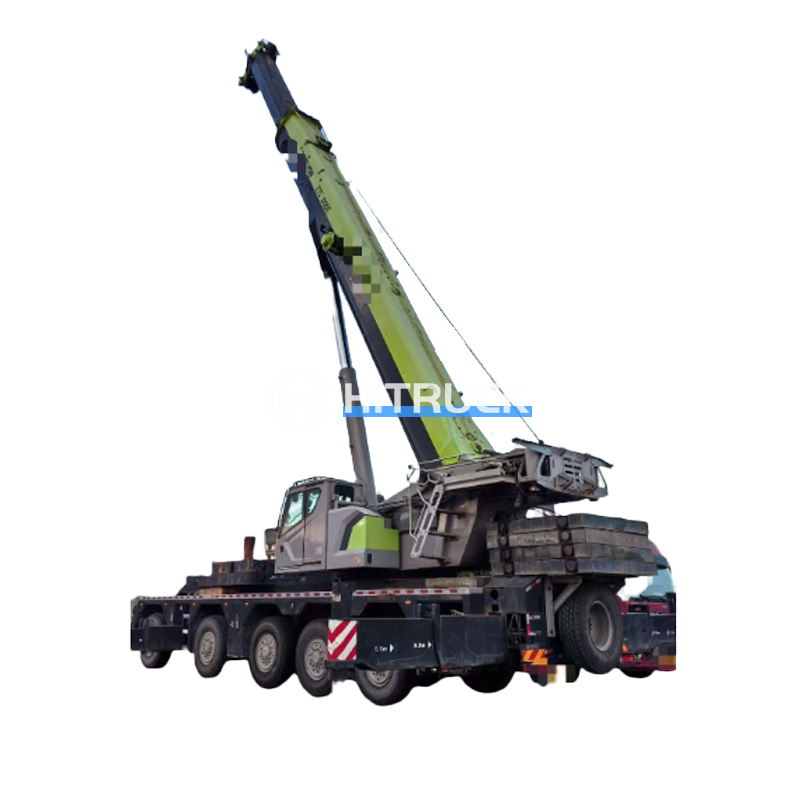This guide provides a thorough overview of electric cranes, covering their types, applications, safety considerations, and selection criteria. Learn about the various features, benefits, and considerations when choosing the right electric crane for your specific needs. We delve into the technical specifications, maintenance requirements, and industry best practices for safe and efficient operation.
Overhead electric cranes are commonly used in industrial settings for lifting and moving heavy materials. They consist of a bridge structure spanning the work area, with a hoist mechanism for lifting loads. Different types exist, including single-girder and double-girder cranes, each suited to specific weight capacities and working conditions. Choosing the correct type depends on factors such as the load capacity required, the span of the work area, and the frequency of use. For heavier loads and more rigorous use, a double-girder electric crane is generally preferred for its increased strength and stability.
Gantry cranes are similar to overhead cranes but are supported by legs that run along the ground, rather than a bridge structure. This makes them highly versatile and suitable for applications where an overhead crane isn't feasible, such as outdoor operations or areas with limited headroom. The mobility offered by gantry cranes makes them ideal for various tasks, particularly in construction and shipbuilding. Consider factors like ground conditions and load requirements when selecting a gantry crane.
Jib cranes are smaller, more compact electric cranes typically mounted on walls or columns. They offer a versatile solution for lifting and moving loads within a limited area. Their smaller footprint makes them a popular choice for workshops, factories, and warehouses with space constraints. Factors to consider when choosing a jib crane include the reach required, the load capacity, and the mounting options available.
Choosing the right electric crane is crucial for safety and efficiency. Several factors need careful consideration:
Safety is paramount when operating electric cranes. Regular inspections, operator training, and adherence to safety regulations are essential to prevent accidents. Proper maintenance, including regular lubrication and inspections of all components, is critical for ensuring the crane’s safe and efficient operation. Always consult with qualified professionals for guidance on safety protocols and regulations.
Regular maintenance is vital for prolonging the lifespan of your electric crane and ensuring safe operation. This includes scheduled inspections, lubrication, and replacement of worn parts. Preventive maintenance can significantly reduce the risk of breakdowns and costly repairs. For major repairs, always contact a qualified technician or the manufacturer.
When searching for high-quality electric cranes, consider reputable suppliers with a proven track record. Look for companies that offer comprehensive services, including installation, maintenance, and repair. One example of a company that offers a wide range of heavy machinery, although not explicitly focusing on cranes, is Suizhou Haicang Automobile sales Co., LTD. They are a valuable resource for sourcing heavy-duty equipment for various industrial applications. Remember to always thoroughly research any potential supplier before making a purchase.
Selecting and operating an electric crane requires careful planning and consideration. Understanding the different types, their capabilities, and safety requirements is vital for ensuring efficient and safe operation. Remember to prioritize safety and invest in regular maintenance to maximize the lifespan and performance of your electric crane.

